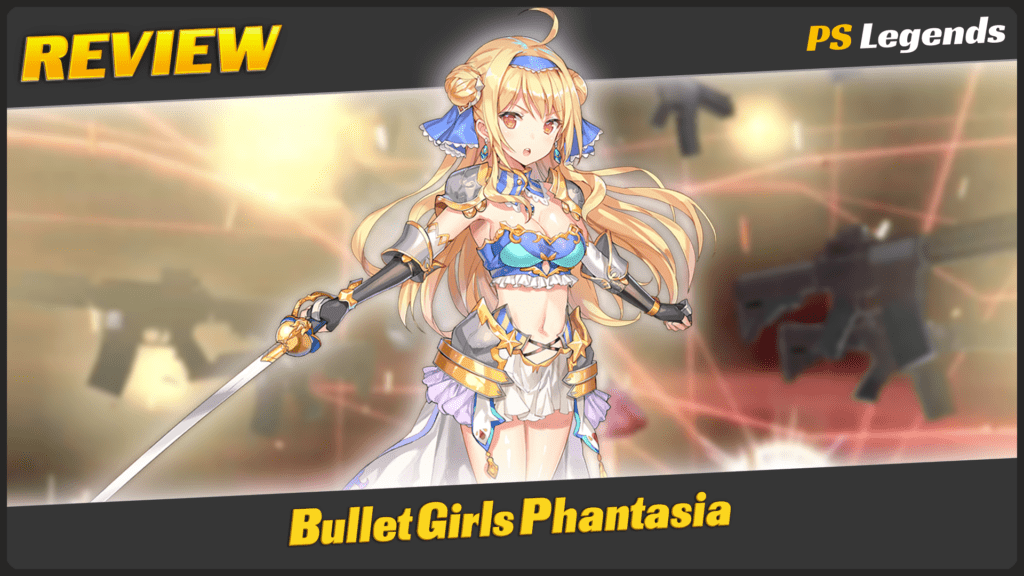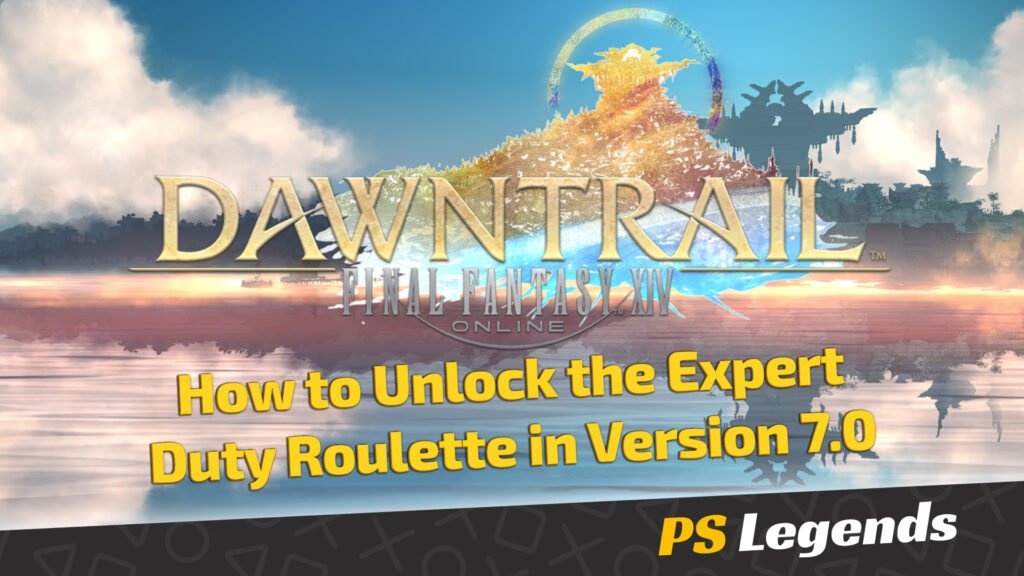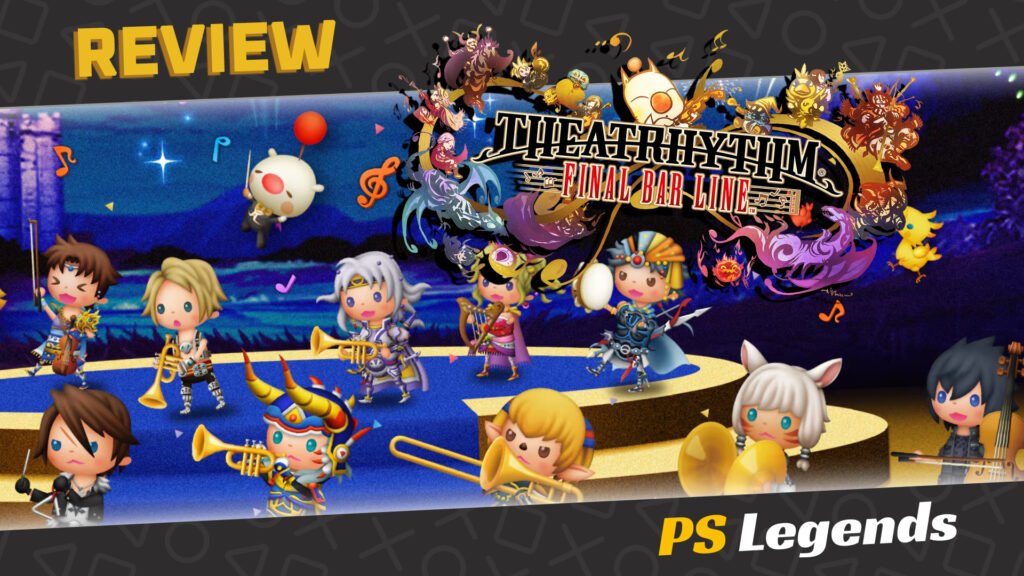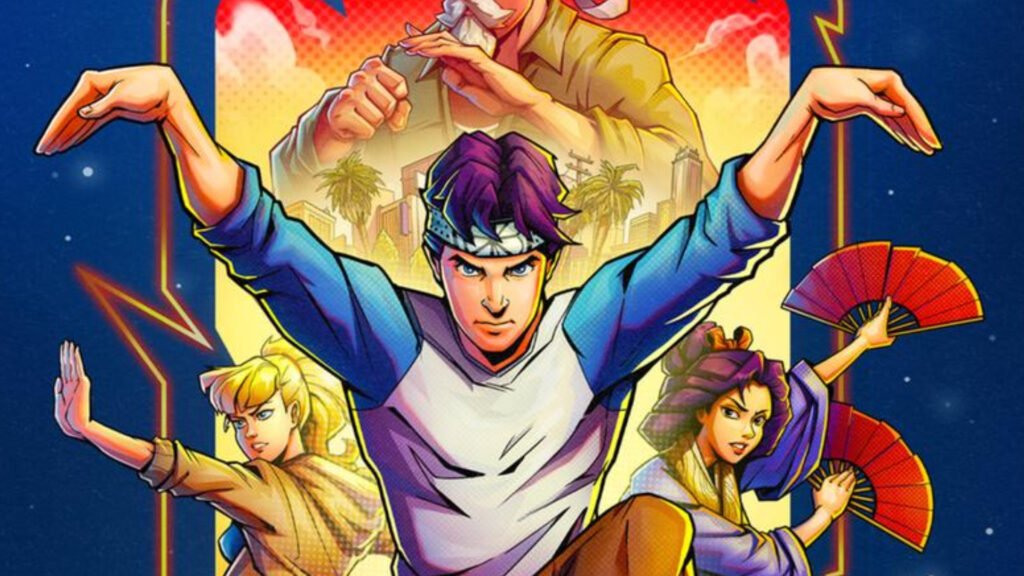Some games have ulterior motives in their release. It’s not always simply a case of making money or fulfilling contractual obligations; sometimes, it’s about making a statement about something a developer is passionate about. Indie games do it all the time and are usually all the more memorable because of it. Bullet Girls Phantasia exists to mark the undesirable end of an era.
You see, times have changed. Gaming on PlayStation has become a prudishly censored affair, and developers who previously flaunted no-nonsense fan service without issue are now being met with harsh resistance from Sony and told to lower their age ratings wherever possible by covering up more skin here and there. At the same time, many would rather see ratings increased and more games developed solely for adult gamers.
You’ve also got a political change to consider, too. Japan isn’t the same place it was five years ago, with legal reforms making significant changes to what can and can’t pass as appropriate sex culture. Not all are happy with or accept such changes, with a vocal few preferring a more liberal free-love, free-expression, and free-choice approach.
On This Page
Introduction
Like Dead or Alive Xtreme 3 before it, Bullet Girls Fantasia was released only in Japan and the rest of Asia, with the Asia version receiving an English translation. Though its audience is already heavily limited, Bullet Girls Phantasia proudly gives the finger to any and all who disapprove of the no-nonsense fan-service subgenre, discreetly releasing the game just before the reforms kick in and cramming in as much nudity and depravity as they could legally get away with without some form of warning label.
Bullet Girls Phantasia is the third entry in D3 Publisher’s Vita-born third-person sexy shooter franchise, now playable on the big screen for the very first time. As mentioned before, it marks an ending to the full retail releases of fan-service games, with series like Senran Kagura jumping ship to rival consoles, ending on the Vita where they began like Valkyrie Drive, or being replaced by tamer alternatives like Kandagawa Jet Girls.
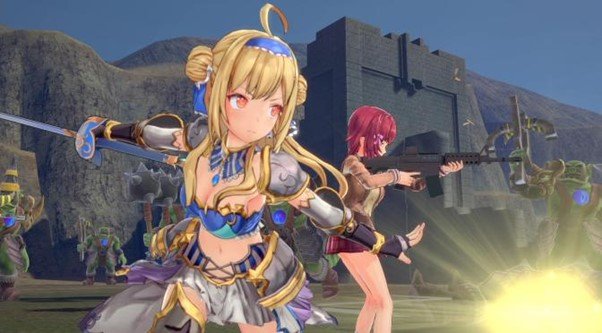
Story
This is the third entry in the series, and so the simple, rival-schools tournaments usually associated with this subgenre have now escalated to bring in otherworldly fantasy elements. Whether you’re a fan of the first two entries or are a newcomer to the series, thanks to the English translation and brand-new setting, it’s easy enough to immerse yourself in the world of Bullet Girls.
The girls from the Misakimori Academy Ranger Club find themselves transported to the fantasy land of Midgard and become entangled in events there due to a prophecy that foretold they were coming in order to seal away an ancient evil. It also brings with it a new cast of characters, including Silvia, a sword-wielding princess, and Merrina, a bomb-throwing nekomata cat-girl however basically every member of the Ranger Club returns, including the series lead, Aya and the sweets-loving Saki.
Plot development is very much focused on the new characters but there are some nods and tie-ins to events in the earlier games. These references will likely go over the heads of international players since the previous games weren’t translated into English. The actual story involves various high-fantasy elements, including the invading enemy Devyant army, containing orcs and dragons. There’s a group of elves whose allegiance you’ll need to earn, and a missing king thrusting a country into disarray.
Phantasia commits the sin of telling far more than it shows, leading to long lectures of exposition by the characters that are easy to zone out of. There’s at least an attempt to tell a decent tale here and some of the individual missions such as rigging a castle with bombs and muddling in time-travel elements can be fun, but generally the story feels a little thinly spread and it’s all too easy to hit the ‘skip’ button when the party starts waffling off on a tangent.
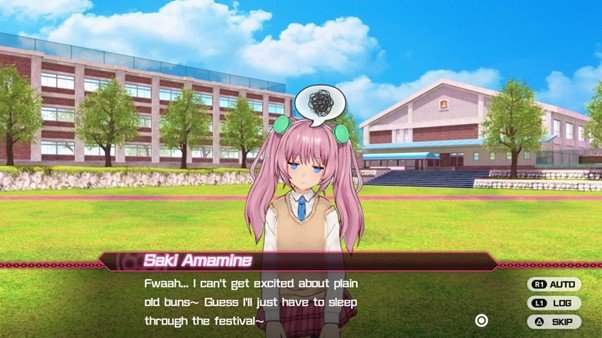
Gameplay
There’s an uncomplicated fun-factor that comes with these simplistic, third-person shooters (see Senran Kagura: Peach Beach Splash for example) but due to some uninteresting and uninspired mission design, this feeling comes and goes far too often in Bullet Girls Phantasia. The game is divided up into 36 missions in story mode, split across 9 chapters, along with loads of extra bonus missions that are unlocked as you play through the story and add additional character interactions and side-stories.
You always control one girl in battle but can take a companion with you at times, who either provides a passive buff, such as improving reload speed, or are physically with you to help out in battle, although their AI is abysmal and they’ll regularly get stuck on walls, item chests or just run straight into incoming enemy fire, making them more of a distraction for your enemies rather than a reliable comrade in arms. They also like to take a ridiculously long time to reload between shots and will stand around doing very little in the heat of battle.
Your controlled character can run with the circle button and dive or dodge with the cross button. The left stick determines your direction of movement as usual, and you aim and fire with the trigger buttons. Aiming for enemy weak spots, such as the blue gems on golems, for example, can be fiddly in the heat of battle but brings the rewards of efficiency. You can adjust the aim sensitivity in the menu, which is certainly helpful, especially as you learn the ropes.
Enemies usually don’t pose much of a challenge, adhering to the Dynasty Warriors design of simply running towards you and occasionally firing which is generally easy to avoid. They also share the same issue as your partner AI in that they get stuck on objects in the environment far too often.
The game adopts the Hyperdimension Neptunia U style of difficulty scaling, where higher levels don’t really make foes any smarter, and simply increases their health pools and damage output if they do hit you, which makes playing on anything higher than normal just an exercise in frustration since you’ll die in one hit if they do catch you. Giving the AI a little actual artificial intelligence would’ve gone a long way.
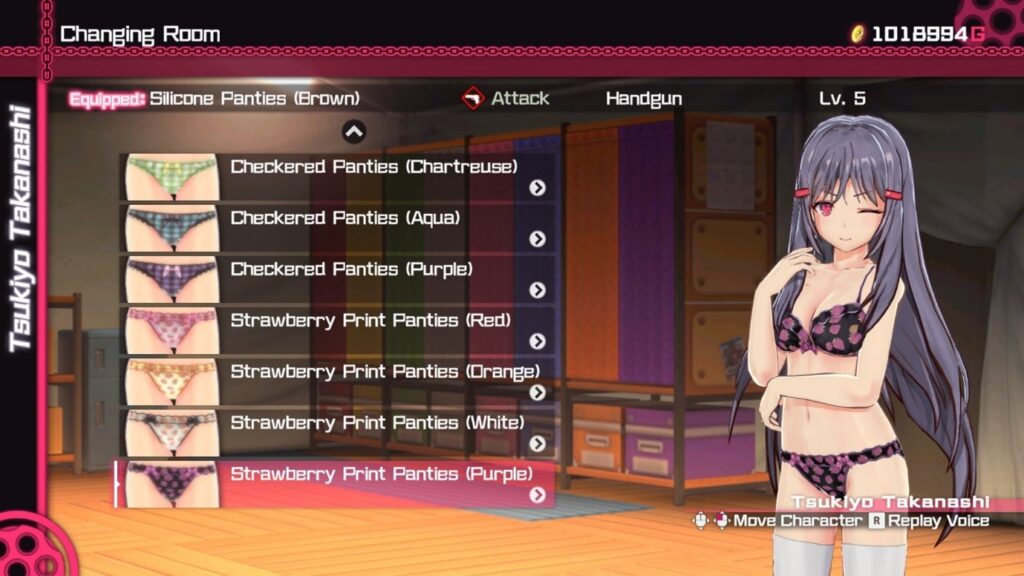
This isn’t to say the normal difficulty is devoid of challenge either, since enemies rarely attack in any sort of structured sequence, meaning if you’re surrounded by melee attackers, you can easily find yourself getting stun-locked and your health bar swiftly pummelled away into oblivion. It’s always best to rethink bravado and maintain a safe distance.
Shootouts with other girls can be particularly challenging unless you land the first hit, but again, you should usually be fine on normal difficulty. Each character has access to an overdrive move which is activated once the associated meter is filled. These grant you a massively destructive, screen-clearing special attack which is great for emergency crowd control. Some special attacks are more inventive than others so they can be fun to play around with.
Attacking and collecting item drops from enemies will help fill your special meter, and you can gather gold and materials in the same way. Gold can be used to buy new weapons and clothing which can be equipped on your characters. Every girl has a default gun type they have to use, but you get to choose their two sidearms. There’s a full arsenal on offer here from pistols to bazookas. There are melee weapons too, which can be stylish to swing around, but they’re pretty forgettable when you really need to prioritise long-range stopping power.
Materials can be equipped to provide passive bonuses and you’ll also be able to change each girl’s underwear (because of course you can) and upgrade their abilities on a fairly extensive skill tree. All of this can be accessed from the dispatch screen, and you can view mission types and criteria from here too.
Lastly, that brings us to ‘intensive drilling’, which is a moderately-sexualised BDSM interrogation mini-game where you probe captured girls for information by poking and prodding them with suggestive items. It’s weird and surprisingly fiddly to control, but I love the originality of it. There’s also an inverted version of it where you’re the one being interrogated, and you have the choice of reacting positively or negatively to all the probing. I should add that this is intended as a method of embarrassing interrogation rather than sexual violence. It absolutely isn’t torture porn. Stay kinky, guys.
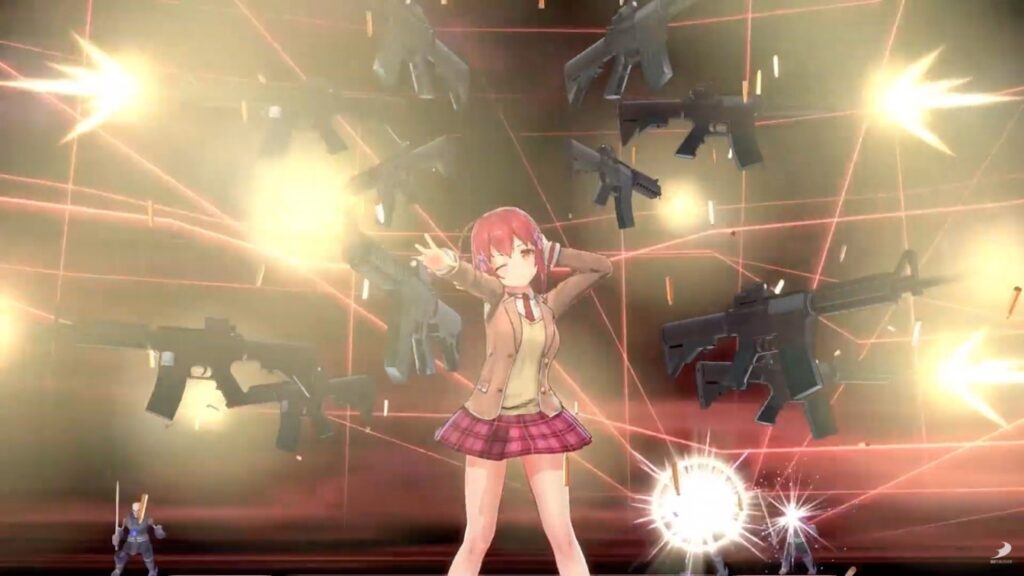
Graphics/Sound
Considering the series was originally developed solely for the Vita, the upscaling and polish on PS4 is quite admirable. Environments can be a little bland, lifeless, and low-resolution, but the characters have a vibrant anime quality to them which is pleasing to see. Character models have always been where the majority of resources have gone in Bullet Girls and this entry is certainly no different.
Characters have smooth yet robust animations, moving well enough across the battlefields and have numerous poses after diving or running that often try to include some form of cheeky titillation. When your character, your partner, or an enemy girl takes a heavy attack or combo of light attacks, then their clothes will be shredded, layer by layer, until there’s nothing left but a few shining balls of light covering their… assets. Less work has gone into the enemy models which are the same few repeated orcs, slimes and skeletons which are occasionally recoloured.
In between battles you’ll find those 3D modelled conversation scenes borrowed from Senran Kagura, rather than the 2D sprite versions used in the Neptunia series. These are fine and work just as well. You’ll also get basic images to show narrative events like a dragon attack, however these just feel like cheaply made substitutes for what should be animated scenes.
The music isn’t anything to write home about either. It’s certainly there and suits the mood but is often drowned out by the solid yet all-Japanese voice acting, so it can at times sound like little more than ambient background noise.
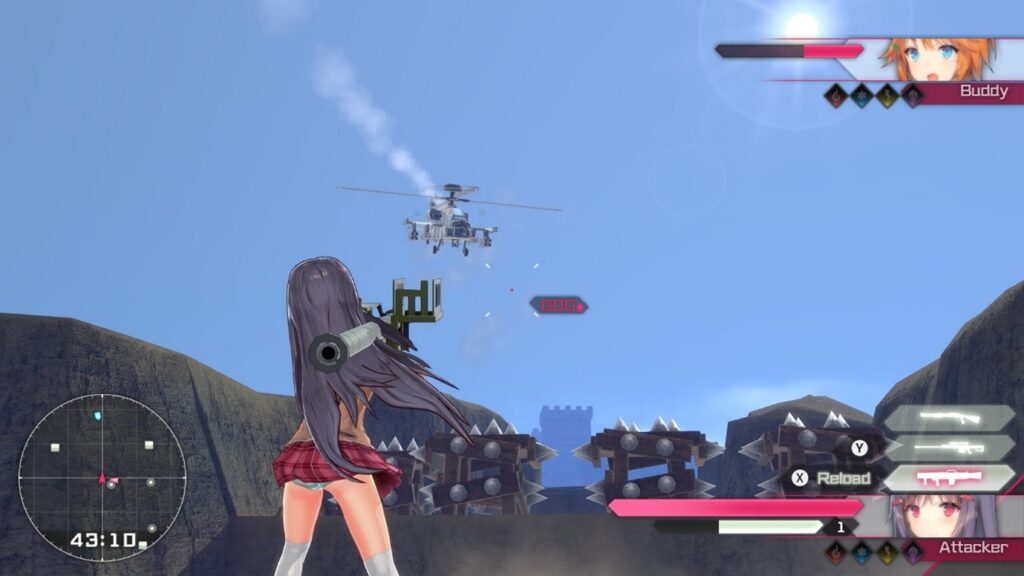
Replayability/Trophies
About 12 hours was enough to finish the campaign on normal, plus a few side missions, whereas this could more than triple if you go back for harder difficulties, do all the side missions, and grind every single character up to level 99. Why put yourself through such mind-numbing torture? That’ll be the trophies.
The trophies haven’t been translated from their original Japanese, and so the most committed of trophy hunters will need to either look into grabbing a guide or attempt a translation. Bullet Girls Phantasia is tolerable enough for one playthrough, but I wouldn’t recommend sticking around any longer than that.

Conclusion
Yes, the game is rather unimpressive overall, particularly in its story, graphics, and sound, and yet it does achieve what it sets out to do. It’s a basic yet easy-to-pick-up-and-play shooter wrapped up in sexy packaging, and it doesn’t claim to be any more than that.
If you’re a fan of character interactions and playful banter between pretty girls, there is at least plenty of that here, but this is just a teaser for the raw fan service that the game unashamedly brings.
True, it’s minimalist all-round, but when combined with the apparent gimmick here, we’re left with something genuinely fun, and sometimes that’s enough. However, being an Asia-only release means Western gamers will have to splash out extra cash for import fees and international shipping, which could be an expensive investment.
Fun as the game may be, it might not be worth that elevated price tag. Don’t worry, full-retail fan-service games might be over, but scantily-clad anime girls will always find a way to survive. I refer you to anything from the Pretty Girls puzzle game catalog. You’re welcome.
Joys
- Simple interface
- Fun gunplay
- Packed full of beautiful girls and cheeky fan-service
Cons
- Dull story
- Grindy trophies
- Overpriced
